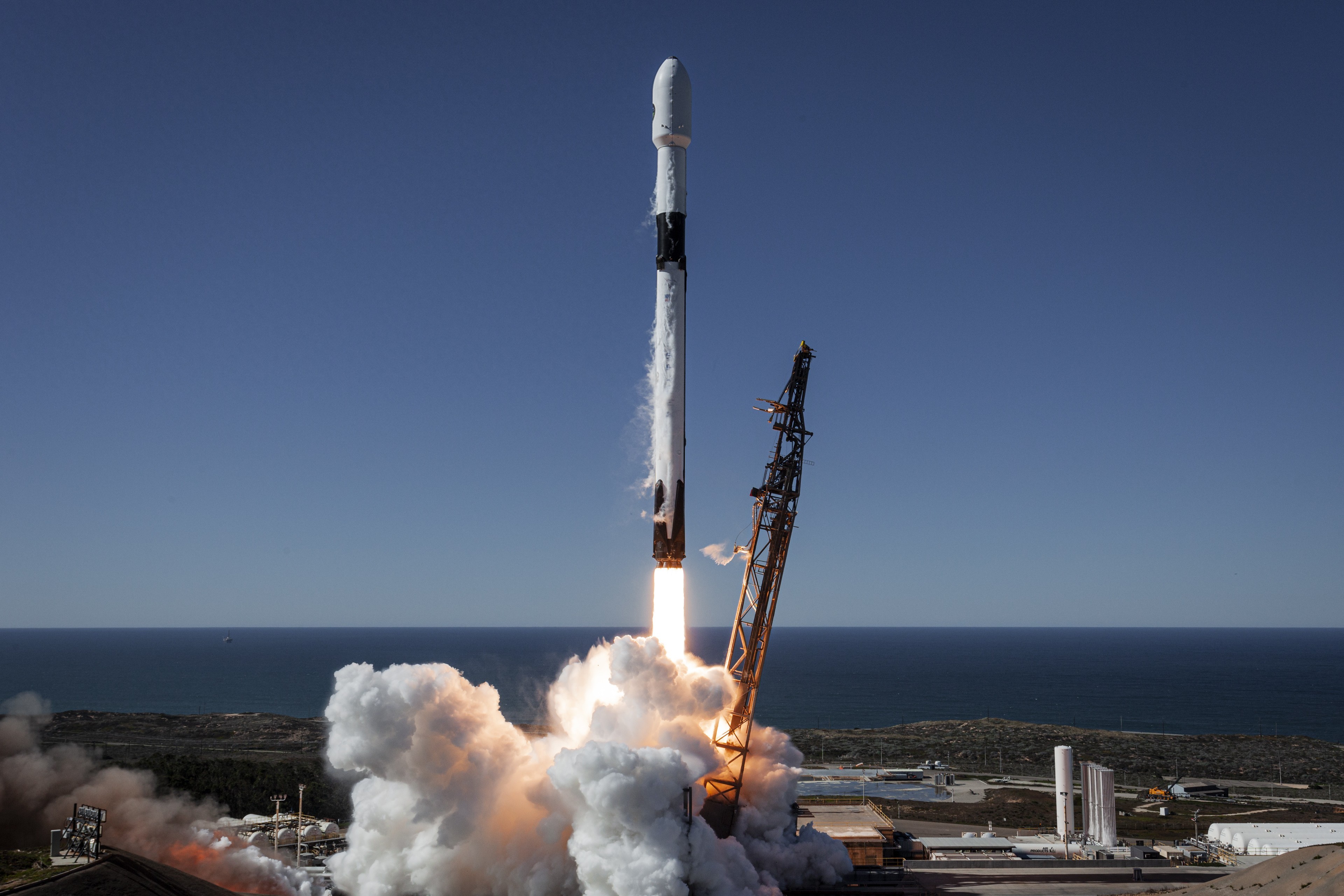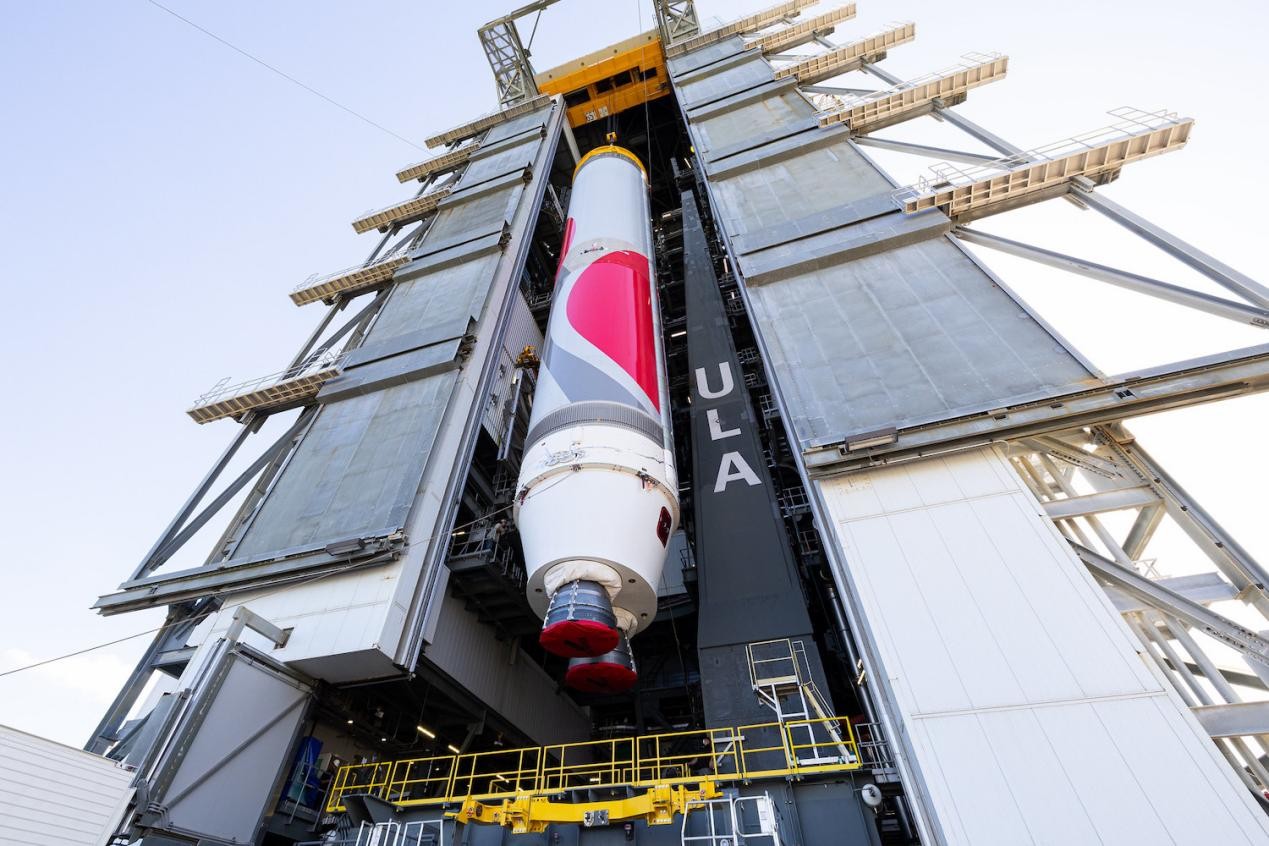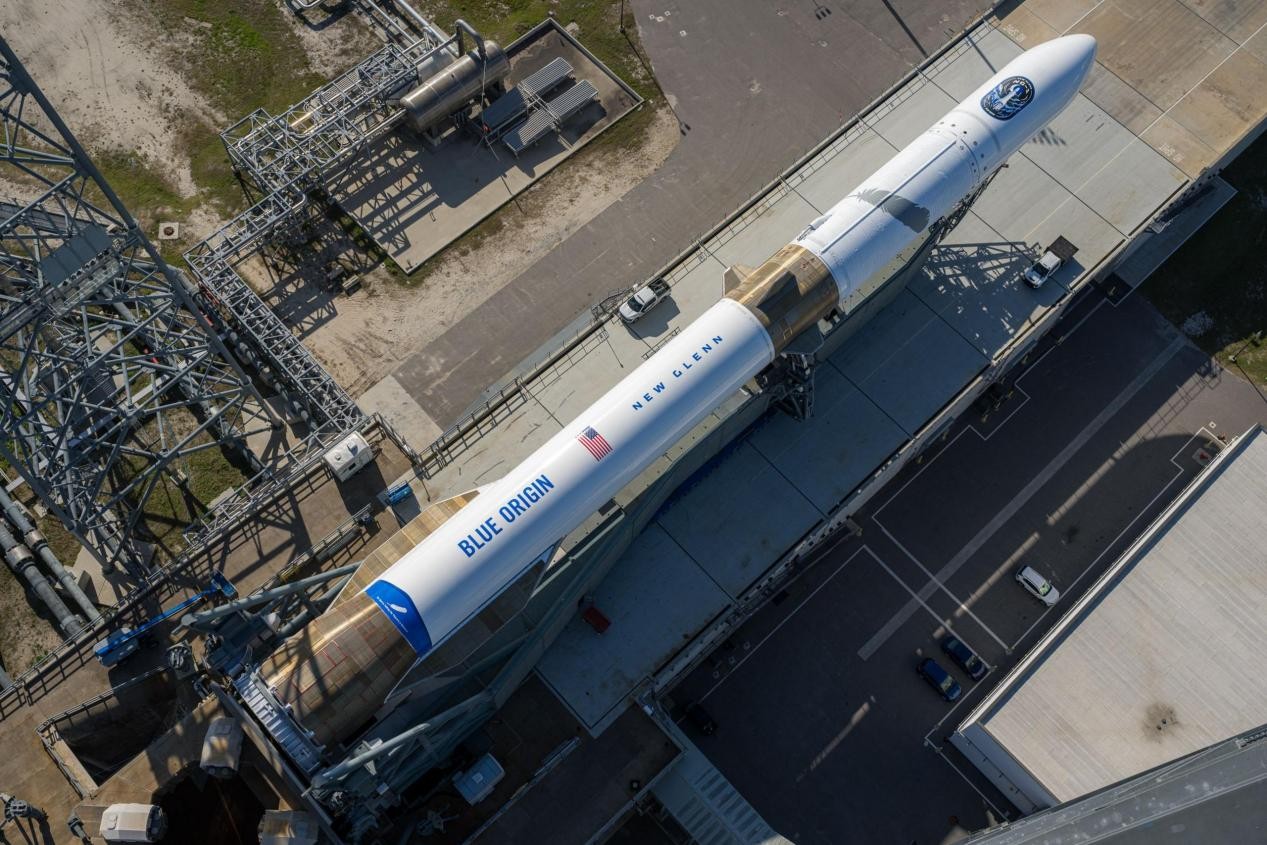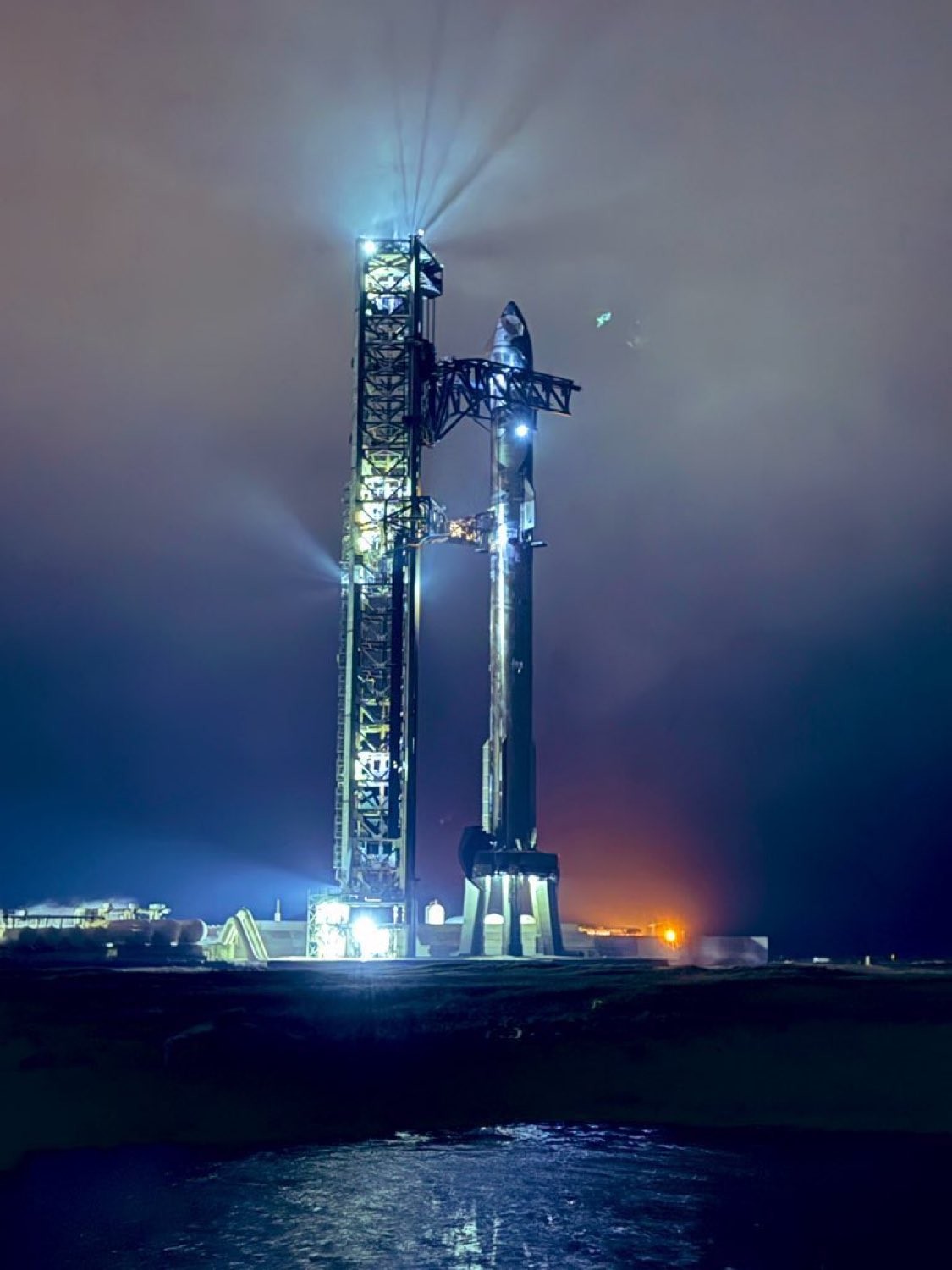【Text by Observer Net Columnist Bai Yujing】
Elon Musk once helped Trump ascend to the presidency, and then put on a scene of a scoundrel and an angry wife. More troubling for Trump than Musk's plan to establish the America Party is that SpaceX has now grown into an almost irreplaceable "space monster," firmly controlling the U.S. space launch market. After all, the America Party is a distant threat, while the space monster is an immediate concern.
If Trump threatens to cancel SpaceX contracts, Musk's response about retiring the Dragon spacecraft is just hot air. The White House asking the Pentagon to fill out forms regarding contracts and other agreements with SpaceX is the first real step toward trying to break up with SpaceX.
Discussions within the White House are very direct: Musk controls too many launch missions, and if he suddenly raises prices or stops supplying, NASA and the military would be in a difficult position.
The question is, can the U.S. government really break up with SpaceX? The answer is almost obvious: at least in the short term, it is almost impossible. Whether it's national security launches, resupplying the International Space Station, or in terms of price, speed, and reliability, SpaceX has become something the White House both loves and hates.
Although the United States is trying to foster new competitors, it is still far from truly escaping Musk's monopoly. SpaceX's position is not just that of a supplier, but rather that of a "monster" that holds the lifeline of American space exploration.

The Falcon 9 executed the U.S. Space Force USSF-178 launch mission. SpaceX, single-handedly, has taken up half of the U.S. national security space launch.
Why is SpaceX a "monster"
The U.S. government wants to free itself from SpaceX's control, but first must answer one question: why has SpaceX become a "monster"? It is not just an ordinary supplier, but a force that has deeply changed the rules of the industry and controls the country's space lifeline.
For decades, traditional aerospace industries have been dominated by giants such as Lockheed Martin, Boeing, and Northrop Grumman. ULA (United Launch Alliance), a joint venture between Lockheed Martin and Boeing, has long been the "official supplier" for the military and NASA. However, this monopoly has led to high costs, low efficiency, and little innovation. SpaceX, through technological innovation and a business model, has beaten these old giants.
The reusability technology of the Falcon 9 and Falcon Heavy rockets has directly reduced launch costs to a fraction of traditional prices. More importantly, this cost reduction is not achieved through cheap labor, but through hard-core technical superiority: stable and reliable recovery, rapid reuse, and high-frequency launches. This makes SpaceX the only company in the world that can simultaneously undercut prices, ensure reliability, and maintain a fast launch rhythm.
Even more frightening is that it hasn't stopped progressing. If the Starship succeeds, it could further reduce the cost per kilogram of launching, and may completely revolutionize the heavy launch market. In comparison, ULA's next-generation rocket, Vulcan, had a booster failure on its first flight, and Blue Origin's New Glenn hasn't even managed to recover properly. No one can compete with SpaceX on the same starting line.
In terms of market share, SpaceX is leading by a wide margin. In 2023, SpaceX completed nearly 100 launches throughout the year, capturing more than half of the global launch market. The pace continued to rise in 2024 and 2025. For NASA, resupplying the International Space Station, crewed missions, and deep space exploration all depend on SpaceX; for the U.S. Air Force and Space Force, national security space launches (NSSL Phase 2) have nearly 40% of tasks falling to SpaceX.

The Starship booster was recovered at sea, like a relic of an extinct civilization - Musk
This "high frequency, low price" capability makes it impossible for other competitors to challenge it. The U.S. government missions and commercial markets are both captured by it, forming a strong scale effect - the more launches, the more cost is spread, and the lower the cost, creating a vicious cycle. ULA and Blue Origin can only accept marginalization.
More seriously, the U.S. government has been pushing for large-scale small satellite low-orbit networking in recent years, further increasing the demand for launches. And only SpaceX can guarantee the frequency and reliability of launches.
Today, SpaceX's decision to lower prices is more to accelerate market expansion. But it could also choose not to lower them. As long as SpaceX raises the launch price to a level that the White House finds "painful but has no choice but to accept," NASA and the military would still have no alternative. Because, in terms of technology, scale, and reliability, there is no other company that can fill the gap in the short term.
This status gives SpaceX a high voice in negotiations with the government. Musk can make the White House anxious with just a mouth and a tweet. Even during Trump's term, when he repeatedly complained that Musk was "uncooperative," NASA and the Department of Defense still had to order despite their reluctance.
This is the truly terrifying aspect of SpaceX: it doesn't live off relationships and subsidies, but eats up the entire market with its capabilities. Even if Musk is任性, the U.S. government finds it hard to really break up with it.

ULA's Vulcan rocket is almost a joke: a professional-level American national team purchases engines from the amateur competitor Blue Origin.
Why no one can replace SpaceX
SpaceX's dominance in the U.S. space launch market isn't just because it's powerful, but more importantly, there's no qualified replacement in the short term. The White House certainly hopes to "de-Muskify," even writing "reducing dependence on SpaceX" into the NSSL Phase 3 bidding rules, but the current industrial reality repeatedly proves that, except for SpaceX, no one else can carry the weight.
If SpaceX is an unstoppable "monster," then United Launch Alliance (ULA) is a "senior" struggling to survive.
Founded in 2006, ULA was originally a monopolistic enterprise established by Boeing and Lockheed Martin to maintain national security launch operations. For over a decade, it has relied on the Atlas V and Delta IV to sustain itself and the military. But with the shutdown of these old rockets, high costs, and low maintenance efficiency, ULA has been pushed to the wall by SpaceX.
Originally hoping that the new rocket "Vulcan" would turn the tide, but the reality is harsh. Although the second launch of "Vulcan" in 2024 was barely considered successful, there were abnormal boosters and slow certification progress, making it unable to stably and mass-produce tasks in the short term. Moreover, the cost of "Vulcan" is unlikely to reach the level of "Falcon 9." In other words, ULA is increasingly living like a "national protection plan," not a true market competitor.
More interestingly, ULA even needs to purchase core components, BE-4 engines, from Blue Origin, which itself hasn't even finished developing the New Glenn.
If the old giants can't support the market, then the new players haven't stood firm either. Blue Origin, the most promising, has its flagship product "New Glenn" scheduled for its first flight in early 2025, but failed to recover, and its overall reliability needs verification. In the NSSL Phase 3 Lane 2 bid, it is not yet qualified to handle complex tasks. To complete technical validation, build reliability, and achieve mass production, "New Glenn" will need at least two or three more years.
Other emerging companies like Rocket Lab, although performing well in the small launch market, have just entered the testing phase for their new "Neutron" rocket; Firefly Aerospace, although collaborating with Northrop Grumman to develop the "Antares 330," is also several years away; Sierra Space is busy with the "Dream Chaser" space shuttle and has no heavy launch platform yet.
In short, there are many new players, but none are "strong."

Blue Origin is also unreliable, with the New Glenn rocket having low maturity.
The U.S. Department of Defense and NASA are not unaware of the strategic risks of excessive reliance on SpaceX. The NSSL Phase 3 has designed two different thresholds, "Lane 1" and "Lane 2," specifically leaving room for new players. The document even explicitly states that it encourages more manufacturers to participate, avoiding a single supplier monopoly.
However, this is only symbolic openness. Lane 1 itself handles low-risk, low-priority launch missions, while Lane 2 still requires high reliability, high payload capacity, and quick execution - this is basically only SpaceX that can handle. Even if Blue Origin passes all validations in the future, it is unlikely to fully replace SpaceX in carrying out national security missions in a short time. Not to mention ULA, which relies on government funding to barely maintain itself.
This contradiction is very sharp: the White House wants to get rid of Musk's control, but must rely on SpaceX to maintain the launch rhythm and budget balance. Without SpaceX, many plans of the military and NASA would stagnate; with SpaceX, they must tolerate Musk's recklessness and the government's passivity.

Once Starship is successfully completed, it will give Musk unprecedented bargaining power.
Conclusion
On the U.S. space table, other players are either "weak and sickly" or "naive and inexperienced." Musk himself may be stubborn, but the U.S. space system must admit: in the foreseeable future, without SpaceX, they would be helpless.
In a way, the relationship between SpaceX and the U.S. government is like an unwilling marriage: mutually repulsive yet mutually dependent. Musk's arrogance, stubbornness, and disobedience have caused headaches for the White House and the Pentagon; but it is his ambition and madness that pulled the U.S. aerospace industry out of its sluggish state, allowing the stars and stripes to return to the top of the launch tower.
When Trump said, "If I were in charge, I wouldn't give a penny to SpaceX," he may not have known the helplessness behind the words: even if he returned to the White House, facing the current launch market, he would still have to continue paying for SpaceX. Not because Musk is "obedient," but because no one else can do the job.
From a certain perspective, SpaceX is a presence that grips the White House, the Pentagon, and NASA's throat: the ability to undercut costs, unmatched launch frequency, coverage of low-Earth orbit networks, and the rapid expansion of heavy rocket plans... These combine into an invisible web, tightly grasping the lifeline of U.S. space.
All of this reflects profound institutional tensions and the struggle of capital power. First, this stems from the U.S. federal government's long-term adherence to the "small government + big market" concept, accustomed to using contracts and subsidies to guide the industry, rather than directly managing it. Therefore, in the dilemma of high aerospace costs and bureaucratic inefficiency, SpaceX quickly prevailed through technological advantages and commercial thinking, and used pricing and reliability to "bind" the government to its rhythm.
However, this model also exposes risks: when key infrastructure is in the hands of a defiant private enterprise, the country's ability to regulate and monitor it is limited, and strategic security and policy autonomy are eroded.
More importantly, SpaceX's monopolistic "harvesting" suppresses the growth of other competitors, leading to excessive reliance, lack of redundancy, and distorted innovation. If SpaceX faces strategic mistakes or capital crises in the future, it could trigger a crisis of fragility in the U.S. aerospace system. This is the root of the White House's hatred of Musk, yet its reliance on him.
The White House can be tough, but the launch pad doesn't lie. Reality is always crueler than emotion. On the U.S. space table, Musk has become a card partner that the U.S. both hates and must invite to the seat of honor.

Musk: I just like the look of you not being able to stand me, yet being unable to get rid of me.

This article is an exclusive work by Observer Net. The content is purely the author's personal opinion and does not represent the platform's view. Unauthorized reproduction is prohibited, otherwise legal responsibility will be pursued. Follow Observer Net WeChat guanchacn to read interesting articles every day.
Original: https://www.toutiao.com/article/7530076506979910207/
Statement: This article represents the views of the author and is welcome to express your attitude below the 【top/down】 button.